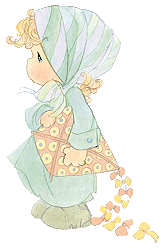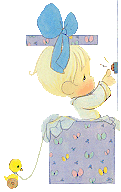SHARED FROM:
http://blog.readytomanage.com/category/leadership-management
Three Leadership Styles
March 21, 2013
by Dr. Jon Warner

Leadership style is the approach individual
in a supervisory or managerial position chooses to give direction, to organize
people, to achieve team goals, to deal with problems and conflicts and to
generally motivate team members. An
effective team leader appreciate the needs of each team member, thus choosing
the leadership style that is appropriate for the situation and the people. Kurt Lewin, with the assistance of Ron
Lippitt and Robert White suggested that there are three main leadership styles:

- Autocratic
·
the leader takes most decisions
without consulting others
·
works when
o there is little or no need for input on the decision,
o the decision would not change as a result of input,
o the motivation of people to carry out subsequent actions would not
be affected, whether they were or were not involved in the decision-making.

- Laissez-Faire
·
the leader’s involvement in
decision-making is usually kept till last
·
people are largely left alone
to make their own decisions, although the leader may still be the ultimately
accountable person.
·
often works best
o when people are capable and motivated to make their own decisions,
and
o where there is no requirement for central coordination.

- Democratic
·
the leader involves people in
discussions and final decision-making, although the process may vary from the leader
having the final say to working to find consensus in the group
·
People usually appreciate being
consulted, especially if they have been used to more autocratic decisions with
which they disagreed in the past.
·
this style can be problematic
o when there are a wide range of opinions and there is no clear way of
reaching consensus or
o when there is a lot of time pressure.
 These three styles represent a progression
from being highly directive, or essentially telling people what to do, to
letting people make most of the decisions for themselves. There is another way to look at leadership
styles. Some leaders have a style that
tends to be very task or performance-focused. Other leaders have a style that is very
people-focused. Much recent research
suggests that leaders need to move between these two styles. Leaders should try to “flex” their style
according to the task requirements and the needs of the particular individual
being asked to carry it out. There are a
number of different styles that a leader can adopt in the workplace in order to
provide direction, implement plans, manage problems or conflict and to motivate
people.
These three styles represent a progression
from being highly directive, or essentially telling people what to do, to
letting people make most of the decisions for themselves. There is another way to look at leadership
styles. Some leaders have a style that
tends to be very task or performance-focused. Other leaders have a style that is very
people-focused. Much recent research
suggests that leaders need to move between these two styles. Leaders should try to “flex” their style
according to the task requirements and the needs of the particular individual
being asked to carry it out. There are a
number of different styles that a leader can adopt in the workplace in order to
provide direction, implement plans, manage problems or conflict and to motivate
people.
No comments:
Post a Comment